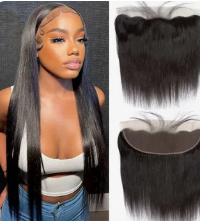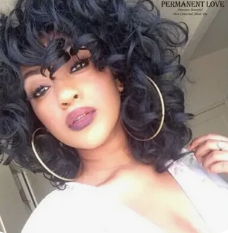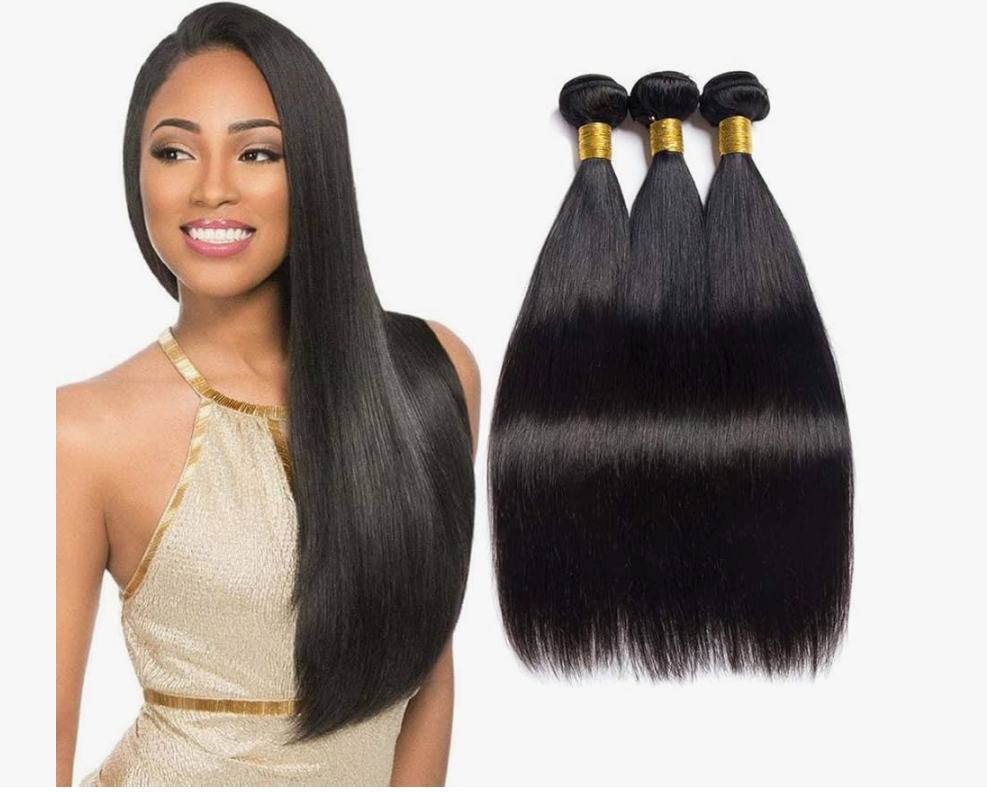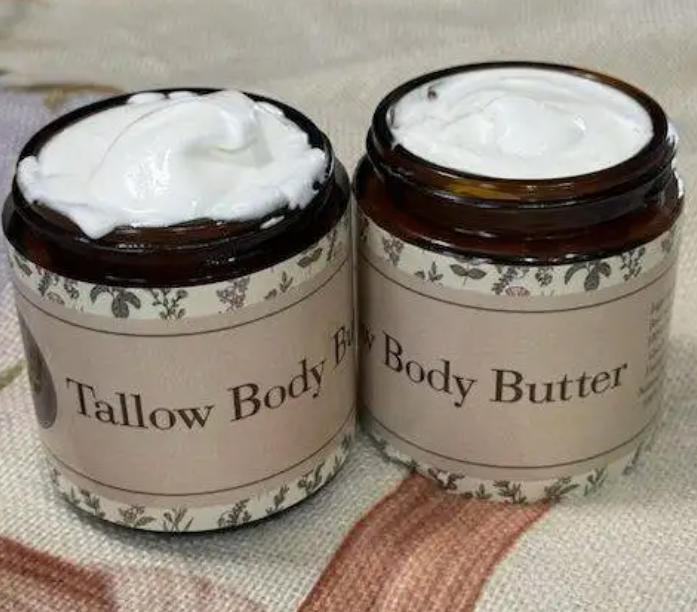
What Makes a Hairline Look Natural
The hairline is the most visible part of any wig and the area where authenticity matters most. A natural-looking hairline can make the difference between a wig that looks like your own hair and one that obviously appears artificial.
Frontal lace wigs address this challenge by featuring sheer lace panels that extend from ear to ear across the front of the wig. Individual hairs are hand-tied to this lace, mimicking the way hair grows from the scalp. When properly applied and customized, the lace becomes nearly invisible against your skin.
Irregular hairlines appear more authentic than uniform ones. Natural hairlines have variations in density, with some areas sparser than others. They also feature baby hairs and slight imperfections that make them look real rather than manufactured.
The skin showing through the lace creates the illusion that hair is growing from your scalp. This transparency is what sets lace frontals apart from traditional wigs with solid edges or fabric hairlines.
Frontal Sizes & Coverage
13x4 frontals are the most common size. The 13 inches of width covers from ear to ear on most people, while the 4 inches of depth provides adequate parting space. This size balances realism with affordability and is suitable for most styling needs.
13x6 frontals offer additional depth, allowing for deeper parts and more versatile styling. The extra 2 inches of lace enables larger parts and facilitates pulled-back styles like ponytails. This size works well for those who frequently wear their hair off their face.
HD lace provides the most undetectable results. This ultra-thin, transparent lace melts into various skin tones, requiring minimal customization. HD lace is more delicate than standard lace and requires careful handling.
Swiss lace offers durability and realism. This lace type is thin enough to look natural but sturdy enough to withstand regular application and removal. Swiss lace is a popular middle-ground option.
Transparent lace works across various skin tones. This versatile lace color eliminates the need for extensive tinting, though some customization still improves results.
Achieving Natural Density
Hairline density should be lighter than the rest of the wig. Natural hairlines are not as dense as the crown or mid-lengths. This gradient creates an authentic appearance.
Plucking the hairline is essential for realism. Factory hairlines are too dense and uniform. Removing hairs with tweezers creates irregular, natural-looking hairlines. Focus on the center front and temples, where natural hairlines tend to be sparser.
The amount of plucking depends on your natural hairline and personal preference. Some people prefer fuller hairlines while others want more sparseness. Look at your natural hairline or reference photos of natural hairlines for guidance.
Gradual density changes appear more natural than abrupt transitions. The hairline should gradually increase in density as it moves back from the edge, not jump suddenly from sparse to full.
Lace Customization Techniques
Bleaching the knots makes them invisible. The knots where hair is tied to the lace are often darker than the lace itself. Applying bleach lightens these knots so they disappear against your skin. Use a low-volume developer and monitor closely to avoid over-bleaching or damaging the lace.
Tinting the lace to match your skin tone improves camouflage. Apply foundation, concealer, or specialized lace tint to the underside of the lace. Choose a shade that matches your skin exactly. Test the color on a small area first.
Some people apply foundation to their forehead and blend it onto the lace. This technique can work but requires careful application to avoid a cakey appearance.
Powder helps mattify shiny lace. Apply translucent or skin-toned powder lightly to reduce any sheen that might catch light unnaturally.
Creating Baby Hairs
Baby hairs soften the hairline and add authenticity. Use sharp scissors to cut short pieces around the hairline, particularly at the temples and center front. These short hairs should be just one-half to one inch long.
Styling baby hairs requires practice. Use edge control, gel, or pomade to shape the hairs. Create gentle curves and swirls rather than stiff, unnatural patterns.
Less is more with baby hairs. Over-styled or excessive baby hairs can look artificial. Aim for subtle, natural-looking wisps that frame your face softly.
Reference images of natural baby hairs help guide your creation. Notice how naturally occurring baby hairs fall and try to replicate those patterns.
Application Methods
Adhesive application provides the most secure hold. Lace glue creates bonds that last one to two weeks. Clean your hairline with alcohol, apply glue thinly and evenly, wait for it to become tacky, then press the lace down firmly.
Lace tape offers an alternative to liquid glue. This double-sided tape adheres to both your skin and the lace. Tape is less messy than glue and works well for beginners. Most lace tapes last three to seven days.
Got2b glued spray, known for its long-lasting hold, is used to freeze hairstyles in place until the next wash and is also popular for holding wigs and securing edges. It provides a temporary hold that washes out easily. This product works well for those who remove their wig daily or have sensitive skin that reacts to stronger adhesives.
Elastic bands and wig grips offer glueless options. These methods provide security without adhesive, though they may not create as flat or natural a hairline as glue methods.
Styling Versatility
Off-the-face styling showcases the frontal's ear-to-ear coverage. Pull hair back into ponytails, buns, or slicked-back styles confidently, knowing the lace creates a natural hairline from any angle.
Various parting options become possible. Create center parts, side parts, or no part at all. Change your part position daily based on your mood or outfit.
Updos work beautifully with frontal lace wigs. The natural hairline and parting flexibility allow you to pile hair on top of your head without revealing wig construction.
Accessories like headbands can be worn without covering the hairline. The natural appearance means you do not need to hide the hairline behind accessories.
Selecting Quality Frontals
Hair quality matters as much as lace quality. Look for virgin or Remy human hair that will last and maintain its appearance. Poor hair quality will look bad regardless of how natural the lace appears.
Knot tightness affects durability and shedding. Well-constructed frontals have secure knots that prevent excessive shedding. Examine the underside of the lace to check knot quality.
Lace thickness impacts both appearance and durability. Thinner lace looks more natural but tears more easily. Find a balance between realism and practicality based on your handling habits.
Retailers specializing in quality lace products typically offer better options. Companies like RJ Hair Creations that focus on premium hair products usually maintain higher standards than general beauty suppliers.
Maintenance & Care
Remove adhesive carefully to preserve the lace. Use proper adhesive removers or oil-based products to dissolve bonds. Never pull or tear the frontal off, as this damages the delicate lace.
Clean the lace after each wear. Use a small brush or cotton swab with alcohol or lace cleaner to remove adhesive residue. Thorough cleaning prevents buildup and ensures good adhesion for the next wear.
Wash the frontal regularly during extended installations. Use sulfate-free shampoo diluted with water. Focus on cleansing the scalp and hair rather than rubbing the lace itself.
Store the frontal properly when not wearing it. Place it on a wig stand or mannequin head to maintain its shape. Cover with a silk scarf to protect from dust.
Deep condition the hair regularly to maintain softness. Apply conditioning treatments to the hair lengths, avoiding the lace area to prevent loosening of the knots.
Common Application Mistakes
Applying too much adhesive creates messy results. Excess glue seeps onto your forehead and makes removal difficult. Use thin, even layers for best results.
Not waiting for adhesive to become tacky reduces hold. Patience ensures the glue reaches optimal stickiness for secure bonding.
Skipping hairline customization makes wigs look obviously fake. Always pluck and customize the hairline before wearing.
Improper lace cutting leaves visible edges. Cut the lace as close to the hairline as possible without cutting hair. Practice careful trimming for natural results.
Poor adhesive placement causes lifting. Ensure adhesive covers your entire hairline area where the lace will contact skin.
Longevity Expectations
Quality frontal lace wigs last six months to one year with proper care. The lace is the most delicate component and typically shows wear before the hair does.
Signs that your frontal needs replacement include lace tears, excessive stretching, thinning hair, or persistent tangling. When these issues appear, it is time for a new frontal.
Rotating between multiple frontals extends individual lifespans. If you wear wigs daily, having two or three frontals reduces wear on each piece.
Gentle handling during application and removal significantly impacts longevity. Rough treatment quickly damages delicate lace.
Skin Sensitivity Considerations
Some people have sensitive skin that reacts to adhesives. If you experience irritation, try hypoallergenic glues or tapes designed for sensitive skin.
Alcohol-free adhesive removers are gentler on sensitive skin. These products still effectively dissolve glue without harsh ingredients.
Taking breaks from frontal wear allows your skin to recover. If you notice irritation developing, remove the wig and give your skin a rest.
Barrier sprays create protective layers between adhesive and skin. These products can reduce direct contact with potentially irritating ingredients.
Cost Considerations
Frontal lace wigs cost more than traditional wigs due to hand-tied construction.
The natural appearance justifies the investment for many people. The confidence that comes from knowing your hairline looks real is valuable.
Maintenance costs include adhesives, removers, and potentially professional installation. Budget for these ongoing expenses beyond the initial wig purchase.
Longevity affects overall cost. A $300 frontal lasting one year costs approximately $25 per month. A $600 frontal lasting two years costs the same monthly rate.
Blending with Natural Hair
Frontal wigs eliminate the need for leave-out at the hairline. Your entire hairline can be braided underneath, providing maximum protection.
Matching the frontal texture to your natural hair creates cohesive looks if you choose to leave any hair out at the crown or sides.
Closure pieces pair with frontals for complete coverage. A frontal at the hairline plus a closure at the crown eliminates all leave-out requirements.
Installation Services
Professional installation ensures optimal results, especially for beginners. Stylists have experience customizing hairlines, applying adhesive properly, and achieving natural appearances.
Learning to install frontals yourself saves money long-term. Many people successfully install their own frontals after practicing and watching tutorials.
Semi-permanent installations by professionals can last several weeks. These installations involve more secure attachment methods suitable for extended wear.
Choosing the Right Style
Straight frontal wigs create sleek, polished looks. The smooth texture shows the hairline clearly, so proper customization is especially important.
Wavy or curly frontals provide texture that helps conceal the lace. The movement and dimension make customization less demanding while still looking natural.
Colored frontals allow for dramatic looks. Ensure the lace is bleached appropriately so knots do not show against lighter hair colors.
Natural frontal lace wigs represent a significant advancement in wig technology, providing hairlines so realistic they are virtually undetectable. By selecting quality products from reputable sources like RJ Hair Creations, properly customizing the lace, and maintaining frontals carefully, you achieve natural-looking results that boost confidence and allow for versatile styling options. The investment in a quality frontal pays dividends through its authentic appearance and the freedom it provides to style your hair in ways traditional wigs cannot accommodate.











Write a comment ...